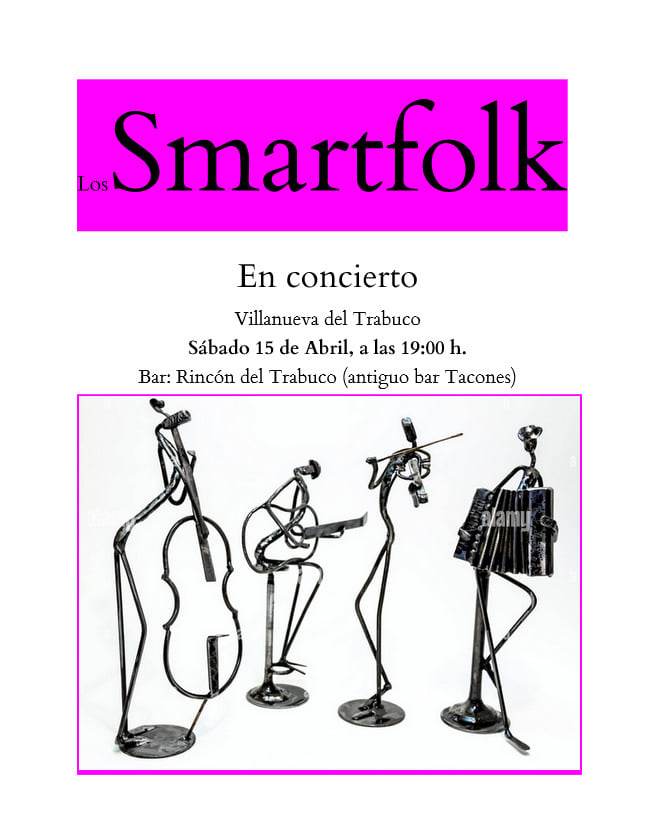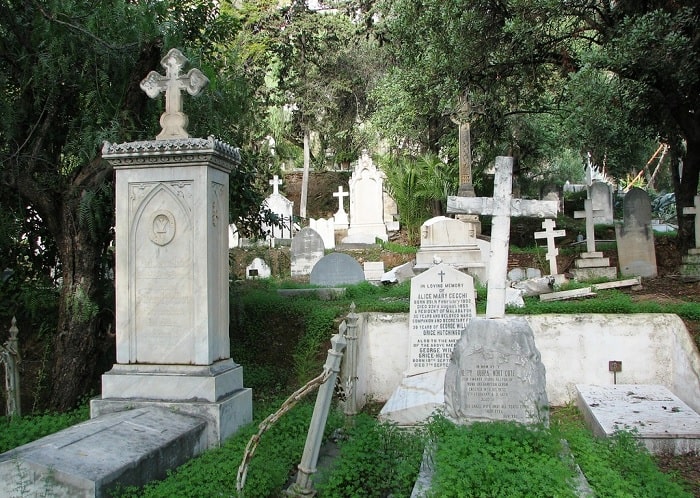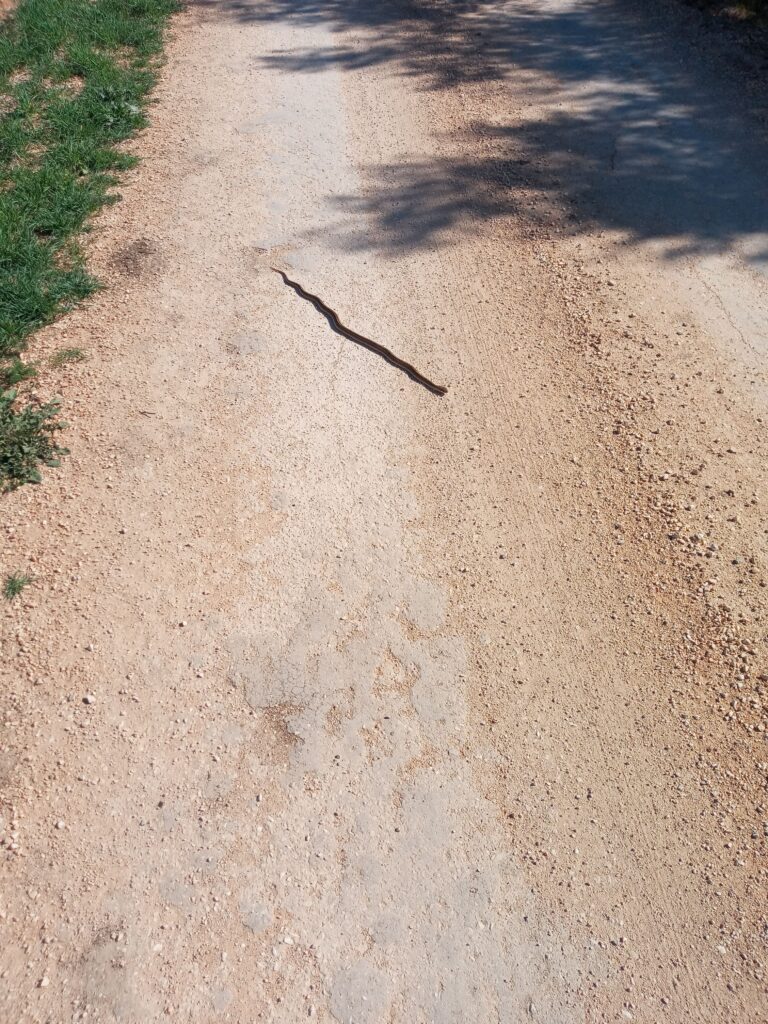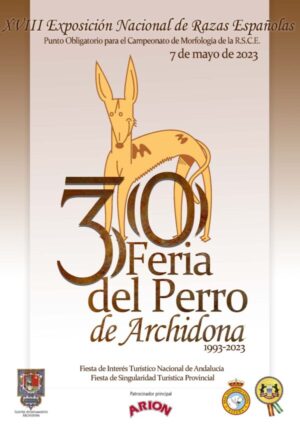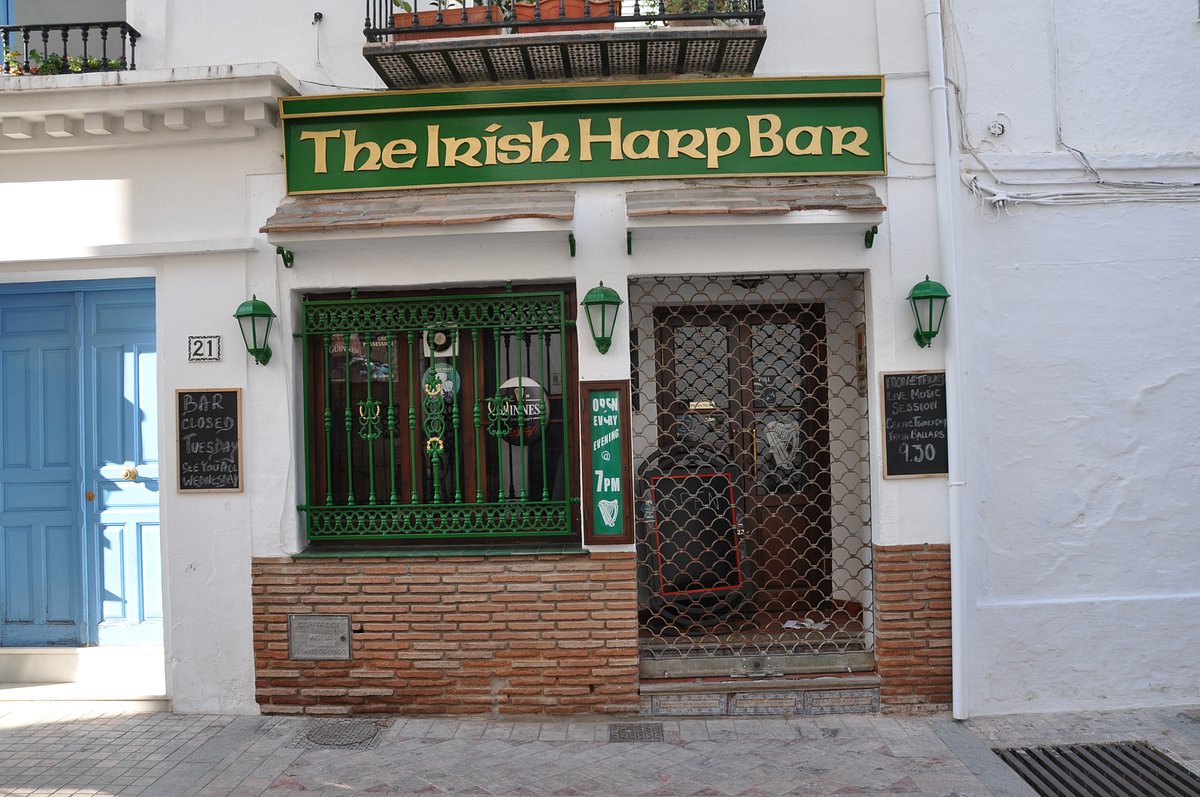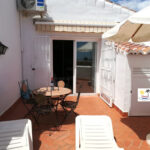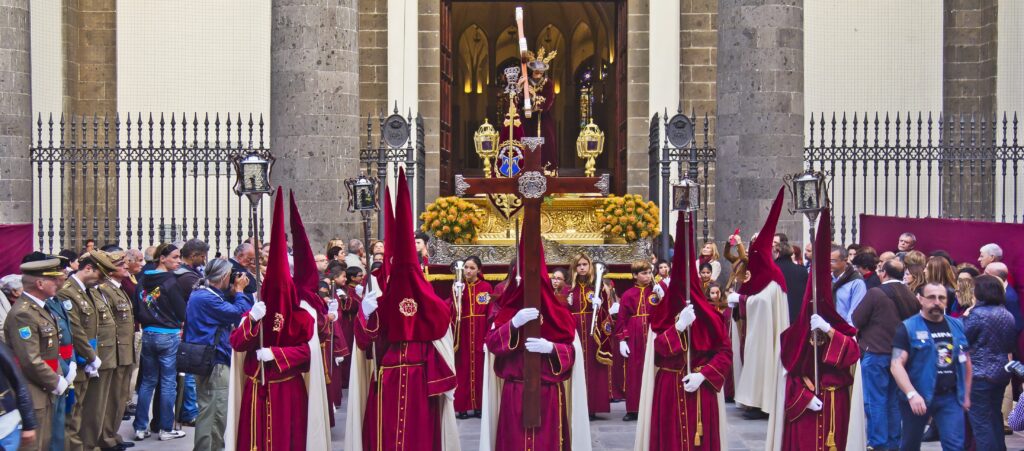The English Cemetery in Malaga City
According to a story in the Sur in English (Friday 7/4/23) The English Cemetery of Malaga has launched an audio guide designed to enhance the experience of visitors to one of Malaga’s most historic sites.
“Ticket sales, corporate and individual sponsorship are the sole sources of income for the cemetery,” stated Bruce McIntyre, the President of the English Cemetery Foundation. “As an important historical site, we want visitors to have the best possible experience when they come to the cemetery.”
For visitors seeking more information about the cemetery, a free guide is available in English, Spanish, German, Dutch, French, and Finnish. The guide is hosted by SmartGuideTM, a mobile phone app that can be easily downloaded either in advance or upon arrival at the cemetery. SmartGuide also offers digital tours of other destinations in Malaga, Spain, and beyond.
The guide offers a fascinating account of the cemetery’s founding in 1831, during a time when non-Catholics were banned from Catholic cemeteries. Protestants were required to be buried on local beaches at night by Malaga’s authorities, subjecting the corpses to the forces of nature, hungry dogs, and scavenging vermin.
“Given the circumstances, it is quite appalling to imagine what individuals had to endure during the era. The establishment of the cemetery provided a dignified resting place for the deceased,” added McIntyre.
About The English Cemetary
Located in the heart of Malaga City, Spain lies a place of incredible historical significance, the English Cemetery. The cemetery is a final resting place for over 2,000 Britons, other European expatriates, and some Spanish citizens with a direct or indirect connection to Great Britain. The cemetery is the oldest, non-Roman Catholic cemetery in Spain and has a history that spans more than 200 years, from the 18th century to the present day.
The English Cemetery was established in 1831 by a group of British merchants who came to the Costa del Sol to seek their fortunes. These expatriates quickly realized they needed a burial ground for themselves and their families as Spanish law dictated that all non-Catholic residents had to be buried in unconsecrated ground. Therefore, the British community purchased a plot of land, which was appropriately located outside the city walls.
The cemetery is known for its impressive arches, distinctive tombstones, and beautiful botanical gardens that encircle the perimeter walls. One of the most striking features is its panoramic views of Malaga City and the Mediterranean Sea.
The cemetery’s walls and graves have witnessed some significant events in Malaga’s history, including the terrible flu epidemic of 1918, in which many foreign residents, including some British soldiers, tragically lost their lives. The cemetery also played a significant role in the Spanish Civil War, and it is home to a memorial to honour the International Brigades’ fallen soldiers.
Strolling through the cemetery inspires many stories, legends, and countless anecdotes. One of the most notable is the legend of Harry Stuart, a British sailor who was said to have been shipwrecked off the coast of Malaga in the 19th century. Legend states that Stuart fell in love with a local woman and had a daughter but had to return to the sea. Stuart’s daughter married a wealthy Malaga Merchant, and her son eventually became the mayor of Malaga. When Stuart returned to Malaga, he visited his daughter’s grave, where he was reunited with his long-lost love before dying on the same night.
An Important Community Site
The English Cemetery is a testament to the vibrant British community in Malaga and its maritime heritage. It is a site of immense cultural importance, and it has been carefully preserved by the local authorities and the Friends of the English Cemetery Association, who work tirelessly to maintain and preserve this unique resting place.
The cemetery is open daily to visitors, and it is one of the most visited historical sites in Malaga. The Friends of the English Cemetery Association also offer guided tours that provide insightful and cultural information about this famous cemetery.
In conclusion, the English Cemetery is an essential historical and cultural landmark in Malaga City, Spain. It is a place that honours the memory of the British community that settled in Malaga, and the many other expatriates and Spanish citizens who rest here. A visit to this cemetery is an opportunity to take a glimpse into the past while honouring those who left a significant mark in Spain’s history.
If you get the chance to visit this wonderful cemetery, please do so.
